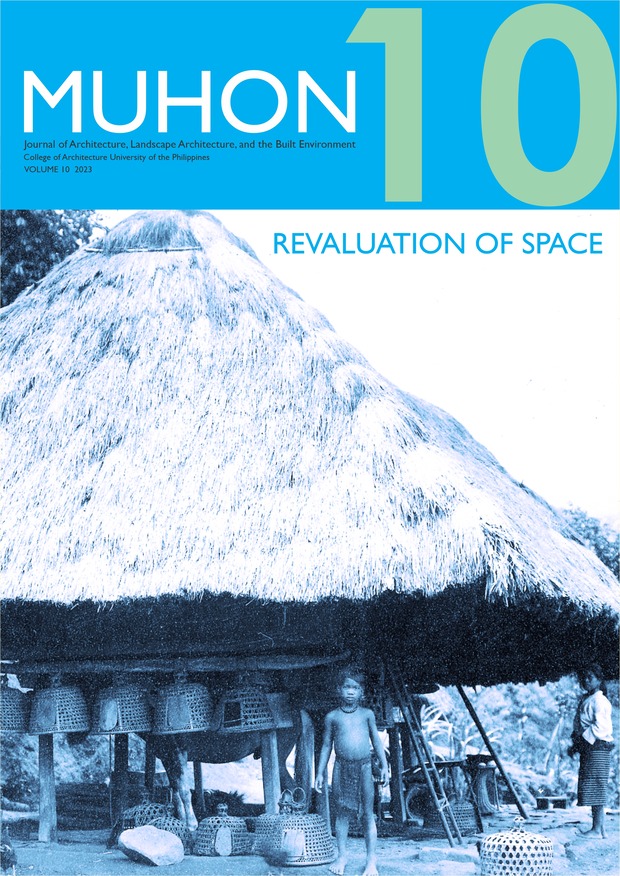Conserving Kamestizuhan
The Heritage District of Malolos Amidst the Threat of Commercialization
Abstract
Conservation as a concept and process has its fundamental objective, the protection of cultural property from loss and depletion. Implicit in this is the notion of maintaining living contact with the pass through the identification, transmission, and protection of that which is considered cultural valuable. Conservation of historic buildings and streets is growing rapidly in many countries, under the threat of commercialization. The historic district in Shanghai, China has been successful in transforming its traditional residential houses as well as its old factories, into a community for creative industry (Yung, 2011). This study will pursue the same objective by providing a conservation management plan to rescue Kamestizuhan, the Heritage District of Malolos, to withstand the effects of commercialization to urban morphology. To pursue the objective, the researcher conducted cultural documentation procedures. Archival resources were reviewed to establish the historical context. Pertinent documents were gathered and reviewed from the City Government of Malolos to identify the past and present plan of actions if there’s any in safeguarding and preserving the heritage district. Records of socioeconomic profile of Malolos were also studied to determine the impact of commercialization in Kamestizuhan Heritage District. Politicians, local historians, academicians, conservation advocates and other stakeholders were interviewed and the results proved that there is no regulation or concrete policies being implemented strictly by the local government in order to safeguard and protect the Heritage District of Malolos Zones. With the use of the comparative historical method, local historic towns with successful conservation approach were compared to serve as guide in determining applicable considerations for the proposal. Photo-documentation, Mapping and inventory were used and findings reveal that some ancestral houses were demolished and sold as effect of commercialization. Surveys also shows that majority of the local has low level of awareness in the historical significance of Kamestizuhan. Ultimately, the study formulated policy in conserving the Kamestizuhan Heritage District of Malolos amidst commercialization.
The copyright for the published work belongs to UPCA and its selected publisher. The contributor is free to publish a modified version of the same article in other publications.
The contributor guarantees that :
- the article does not infringe on the copyright or any proprietary right of any other person
- the article contains no libelous or other unlawful matter
- the article makes no improper invasion of the privacy of any other person.





